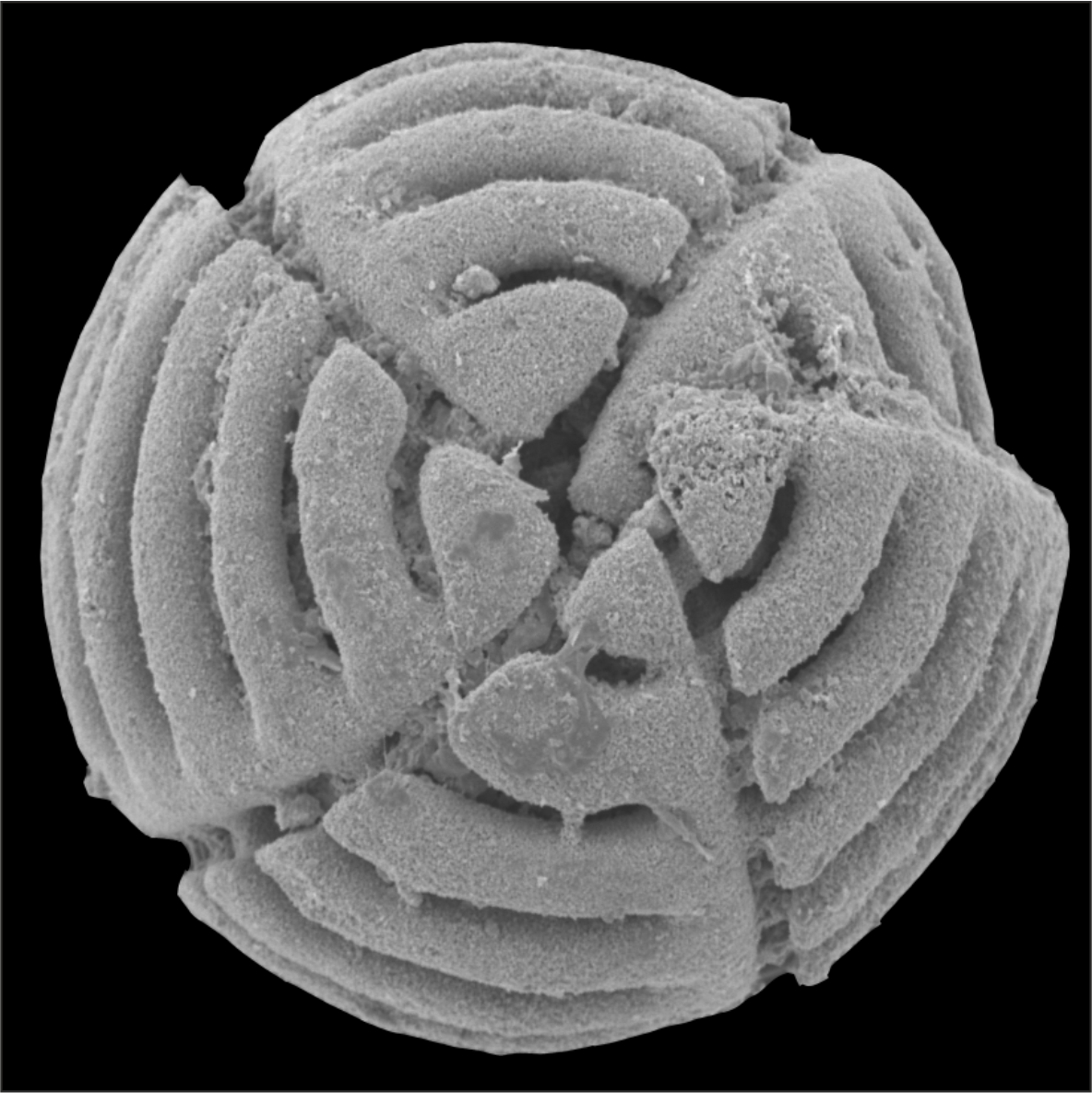Késő badeni és szarmata (középső miocén) mikrofosszíliák Pécs-Danitzpusztáról
Absztrakt
A Középső-Paratethys középső miocén foraminifera és kagylósrák együttesei általában stabil normál tengeri viszonyokat tükröznek a badeniben, míg térben és időben változatosabb, mozaikos környezeteket a szarmatában. A pécs-danitzpusztai homokbányában kiásott kutatóárokban 17 méter vastagságban tárult fel a tektonikusan kibillentett középső miocén rétegsor, amely jelentős környezeti változásokról tanúskodik a késő badeni és a pannóniai között. A rétegsor alján normál tengeri, sekélyvízi, meleg, jól szellőzött, aránylag nagy energiájú, mikrobaszőnyeges aljzatú környezetre utalnak a mészkő-, márgarétegek mikrofosszíliái. A foraminiferák alapján ezek a rétegek a késő badeniben (13,82 és 12,65 millió év között) rakódtak le. A szelvény középső szakaszán a tengeri rétegeket mikrofosszília-mentes, gravitációsan áthalmozott durva homokbreccsa, aleurolit váltakozásából álló sorozat követi, amelyben valószínűleg szárazföldi kitettségre utaló gyökérbekérgezéseket is találtunk. A következő tengerelöntés éles kőzettani váltás mellett a szelvény felső részéből kinyert mikrofosszíliák alapján a késő szarmatában történt, kb. 12 és 11,6 millió év között. Ezek a rétegek a felső szarmata Porosononion granosum zónát (foraminiferák) és Aurila notata zónát (kagylósrákok) képviselik. Az együttesek kizárólag tágtűrésű fajokból állnak, és változó só-, oxigén- és tápanyagtartalmú, növényzettel rendelkező, brakkvízi tengeri környezetet jeleznek. Az 5 m vastag felső szarmata egységben néhány rétegből, amelyek együttesen egy métert képviselnek, édesvízi vagy legfeljebb oligohalin kagylósrákfauna és kivételesen tág sótűrésű foraminiferák kerültek elő. Az együttesek megváltozását nem kíséri jelentős litológiai váltás, nincs jele megnövekedett szárazföldi eredetű behordásnak, amely egy közeli folyótorkolatot jelezne. Sem a késő szarmata geomorfológiai viszonyok, sem a kőzetminőség nem utal a tengertől részben elzárt környezet (lagúna, parti mocsár) kialakulására. A helyi viszonyokon túlmutató tényezők (pl. az éghajlat változása) nagyobb területen is megfigyelhető lenne, ilyen adatokkal azonban nem rendelkezünk. A tágtűrésű foraminiferák és édesvízi-oligohalin kagylósrákok megjelenése mindenesetre helyben vagy a közelben élő közösségre utal, és így a helyi alacsony (5–10 ‰) sótartalmat jelzi. Ilyen közösséget más szarmata szelvényből a Középső-Paratethys területén eddig nem ismertünk. A szelvény tetején a foraminiferák hirtelen eltűnése és ezzel egydőben a kagylósrákfauna teljes kicserélődése a szarmata és pannóniai emeletek határát jelöli ki (11,6 millió év).


















